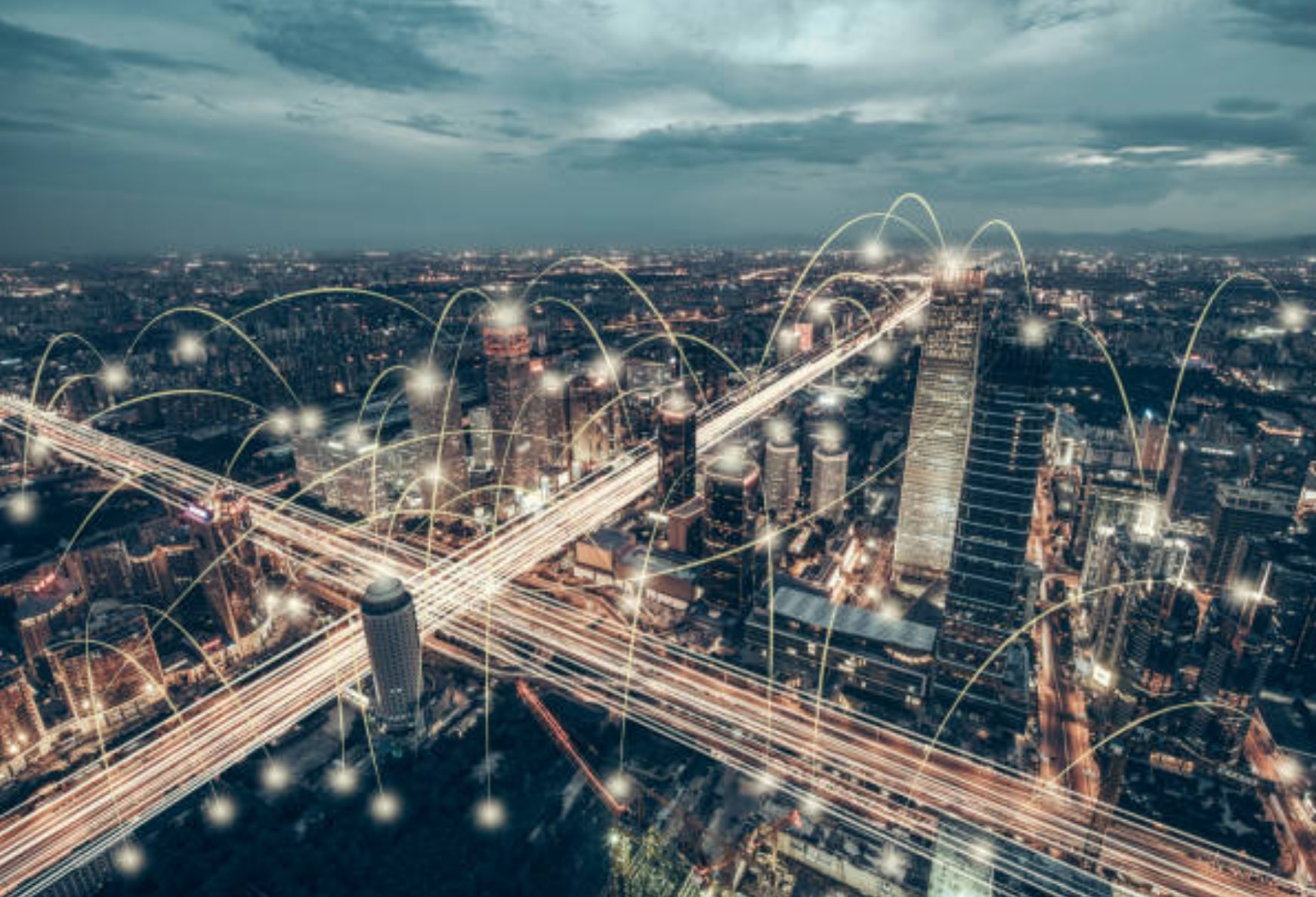While there is considerable hype surrounding autonomous vehicles, there are still miles to go before widespread deployment of this technology. A 2020 MIT study concluded, in fact, that Level 4 implementation — i.e., the appearance of self-driving vehicles that can handle complex situations, albeit with human monitoring — will likely not be seen until at least 2030, and even then only in specialized situations.
Further, the study added:
Overall shifts in other modalities, including fleets and passenger cars, are likely to be no faster, and so disruption to taxi, rideshare and bus driver jobs is likely to be limited in the near term.
In other words, we need to pump the brakes, so to speak, on our expectations for autonomous driving. Certainly the auto industry gets that, as on one hand it is developing technologies related to the Internet of Things (IoT) that can be used in autonomous vehicles down the road, while on the other integrating those technologies into current designs. Think of things like navigation systems, lane-departure warnings or infotainment systems; all of them are commonplace in the cars of today, and hints at all that will be featured in the cars of tomorrow.
There is an object lesson here, for all industries deploying IoT — how it’s important to keep one eye on short-term goals, another on the big picture. Developments in this sector are constant, meaning it will be vital to make mid-course corrections, while at the same time being cognizant of what the ultimate goal might be.
This has also been illustrated during the pandemic. Time and again we have seen how useful connected technologies can be in ensuring well-being and achieving sustainability, goals that will obviously still be in place going forward.
Consider, for example, the crucial roles played by telehealth and wearables during the crisis. There are those who believe that these technologies will only become more prominent once this crisis subsides; that indeed they will provide users and healthcare professionals alike with more data than ever before.
In addition, smart buildings make such things as social distancing and contact tracing possible. That can only bode well for the future, considering that experts fear other pandemics lie ahead.
The pandemic has also underscored the need for a circular economy — i.e., one in which single-use items (like, for instance, protective masks) are best avoided in favor of those that can be reused or recycled. One example is circular lighting, where a business’s lighting is managed remotely by a provider (thus ensuring greater efficiency) and parts, upon obsolescence, are harvested for further use.
Those in the public sector are also coming around to the big-picture/small-picture juggling act. Consider smart city technology, where sensors monitor a whole host of things, notably traffic patterns and pollution levels. As these sensors become more commonplace, the ability of governmental officials to track potential issues will likewise increase.
The greater point is this: Innovation is ongoing. It is occurring with such swiftness that it is best for business leaders to implement what they can, while they can. In that fashion they can meet short-term objectives, while at the same time keeping larger goals in mind.






